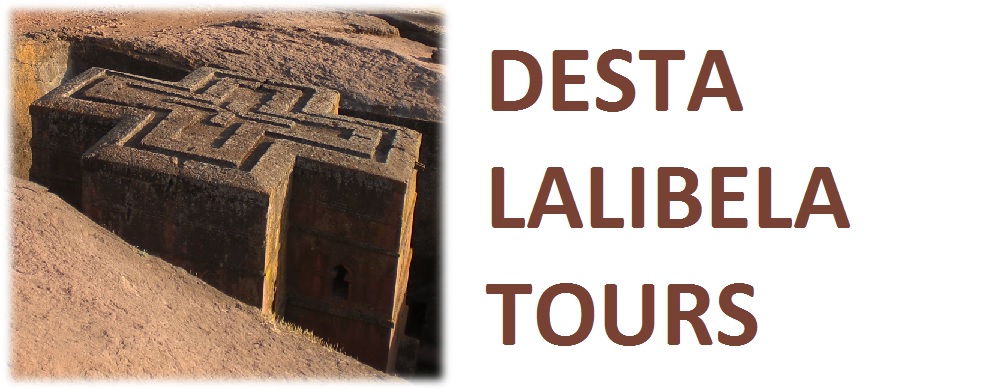Far to the south-west lays Omo National Park, the largest in the country, with an area of 4,068 square kilometers. It is a vast expanse of true wilderness, adjacent to the Omo River, which flows southwards into Lake Turkana and is one of the richest and least-visited wildlife sanctuaries in eastern Africa. Eland, Oryx, Burchell's zebra, Lelwel hartebeest, buffalo, giraffe, elephant, waterbuck, kudu, lion, leopard and cheetah roam within the park's boundaries.
The Omo Valley is virtually free of human habitation but is rich in Palaeo-anthro-pological remains. According to scientific research done in 1982 by the University of California at Berkeley, hominid remains from the Omo Valley probably date back more than four million years.
Much of Africa's volcanic activity is concentrated along the immense 5,000-kilometre crack in the earth's surface known as the Rift Valley. It is the result of two roughly parallel faults, between which, in distant geological time, the crust was weakened and the land subsided. The valley walls - daunting blue-grey ridges of volcanic basalt and granite - rise sheer on either side to towering heights of 4,000 meters. The valley floor, 50 kilometers or more across, encompasses some of the world's last true wildernesses.
Ethiopia is often referred to as the 'water tower' of eastern Africa because of the many rivers that pour off its high tableland, and a visit to this part of the Rift Valley, studded with lakes, volcanoes and savannah grassland, offers the visitor a true safari experience.
The Omo River tumbles its 350-kilometre way through a steep inaccessible valley before slowing its pace as it nears the lowlands and then meanders through flat, semi-desert bush, eventually running into Lake Turkana. Since 1973, the river has proved a major attraction for white-water rafters. The season for rafting is between September and October, when the river is still high from the June to September rains but the weather is drier.
The river passes varied scenery, including an open gallery forest of tamarinds and figs, alive with colobus monkeys. Under the canopy along the riverbanks may be seen many colorful birds. Goliath herons, blue-breasted kingfishers, white-cheeked turacos, emerald-spotted wood doves and red-fronted bee-eaters are all rewarding sights, while monitor lizards may be glimpsed scuttling into the undergrowth. Beyond the forest, hippos graze on the savannah slopes against the mountain walls, and waterbuck, bushbuck and Abyssinian ground hornbills are sometimes to be seen.
Abundant wildlife, spirited rapids, innumerable side creeks and waterfalls, sheer inner canyons and hot springs all combine to make the Omo one of the world's classic river adventures.
East of the Omo River and stretching south towards the Chew Bahir basin lies the Mago National Park, rich in wildlife and with few human inhabitants. The vegetation is mainly savannah grassland and bush, extending across an area of 2,160 square kilometers, Mammal species total 81, including hartebeest, giraffe, roan antelope, elephant, lion, leopard and perhaps even a rare black rhino.
